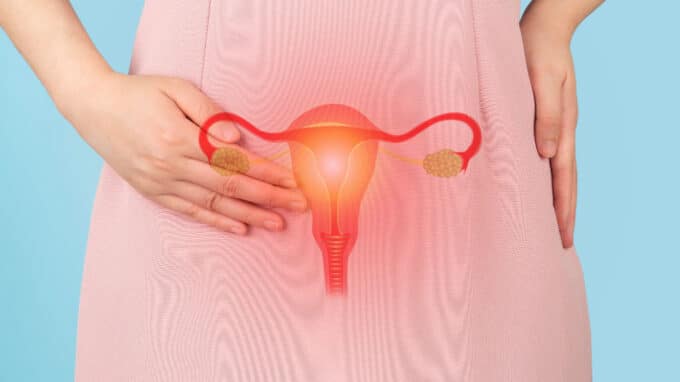A woman’s fertility is determined by many different factors. In addition to genetic predisposition, various illnesses, lifestyle factors and the woman’s age play an important role. Could a particular molecule called NADH also affect female reproductive ability?
Decrease in NADH Associated With Decline in Oocytes
Typically, a woman’s fertility declines toward her late 30s, with reproductive ability eventually ceasing during menopause. A small molecule called nicotinamide adenine dinucleotide (NAD+) is known to play a critical role in this decline. Scientists at the Buck Institute for Research on Aging have shed light on how this happens and identified potential new approaches to improving reproductive longevity.
The researchers wanted to understand the processes that lead to reduced fertility, which are associated with menopause and thus also with the overall life expectancy and health span of women. NADH is a biological substance that occurs in all living cells and can therefore also be found in plant and animal foods. NADH is related to vitamin B3, which occurs in all cells and is involved in the so-called mitochondrial respiratory chain is involved. Its most important tasks are to regulate the energy balance in the cells. NAD begins to decline with age, and maintaining optimal levels is critical for important cellular functions and healthy aging. Recently it became clear that the same decline was also occurring in the ovaries, contributing to a natural decline in egg number over time coupled with reduced egg quality, factors; which can lead to reduced female fertility. The researchers knew that NAD is important for promoting ovarian function, but did not know why the decrease in this substance occurs.
To uncover the molecular mechanisms that regulate NAD+ loss in the ovaries, the researchers first added another piece of the puzzle: CD38, an enzyme known to be one of the main contributors to NAD+ breakdown. During the aging process, more CD38 is expressed, which leads to greater depletion of NAD+, thereby accelerating the aging process. However, the role of CD38 in female reproductive function has not been established. The research team found that CD38 is mainly found in the immune cells of the ovaries and is located in certain structures outside the ovarian follicles. The experts were also able to determine that CD38 increased with age in the ovaries. They also found that the more CD38 there was, the less NAD+ there was.
Treating the Molecule Could Promise Better Fertility
Additionally, the team studied a type of mouse that completely lacked CD38 and concluded that mice lacking CD38 have more “primordial follicles” that eventually mature to release an egg. Women are born with a limited number of such follicles, which determine the length of the ovarian lifespan and therefore the woman’s fertility.
According to the researchers, it is possible to modulate NADH+ to positively influence fertility. Evidence that CD38 regulates ovarian function and fertility through NAD+ metabolism means that targeting this molecule could offer new approaches to improve reproductive longevity.





